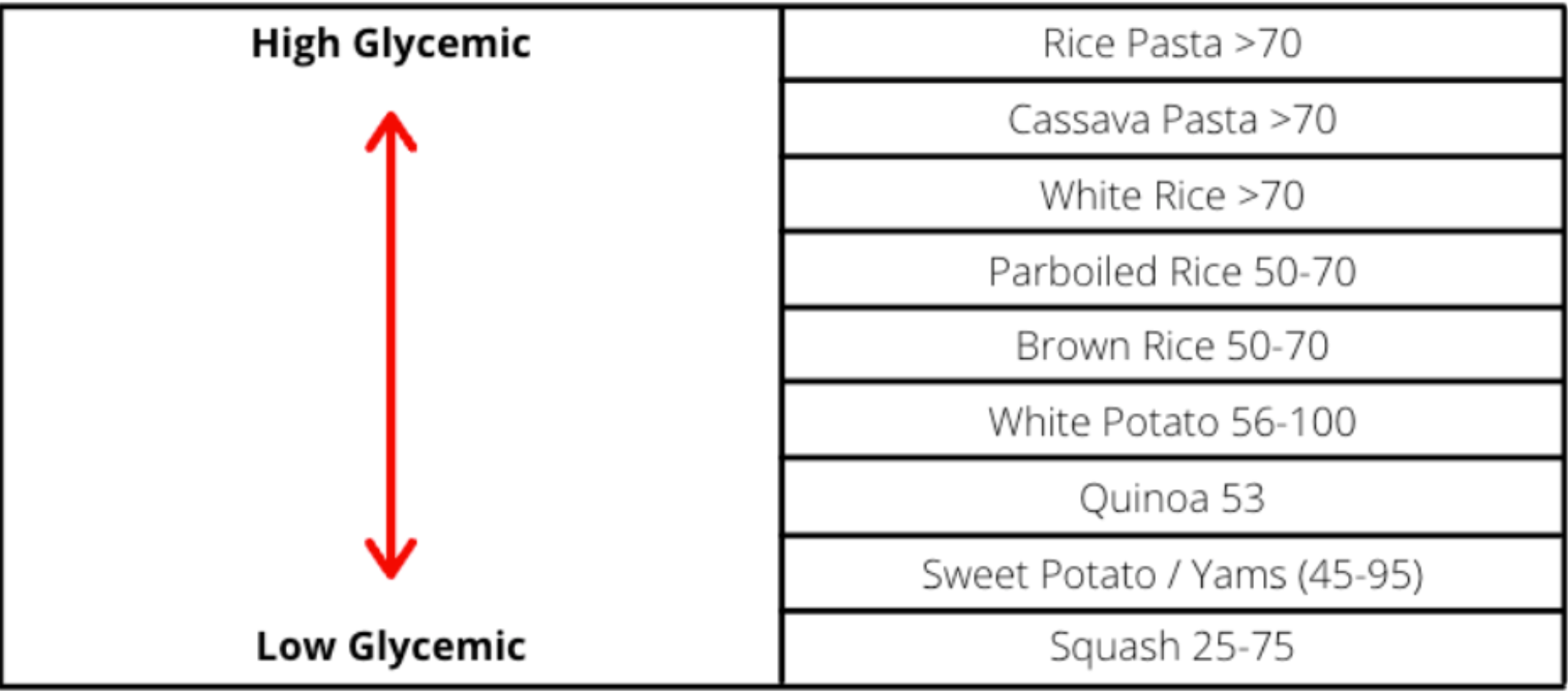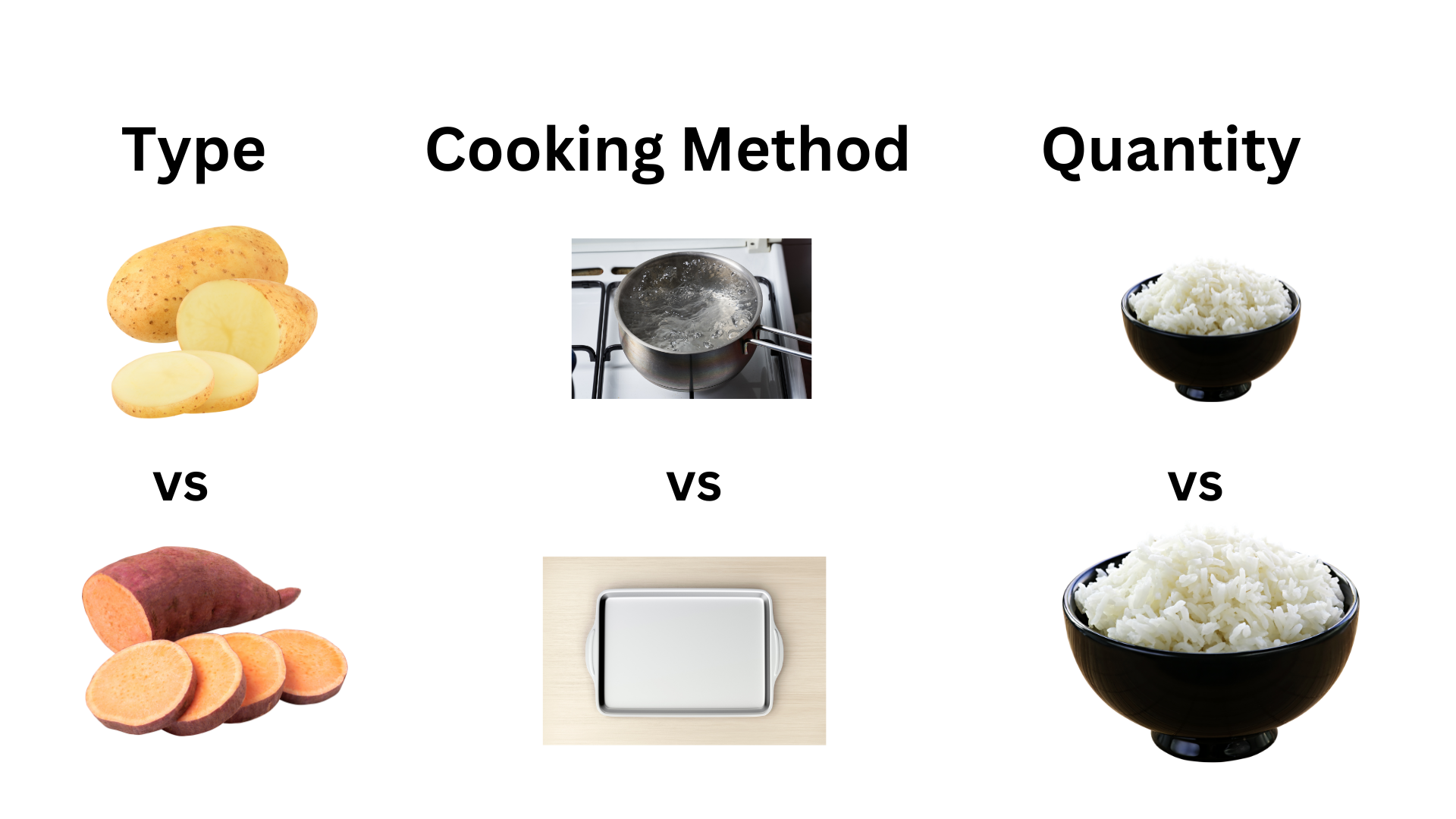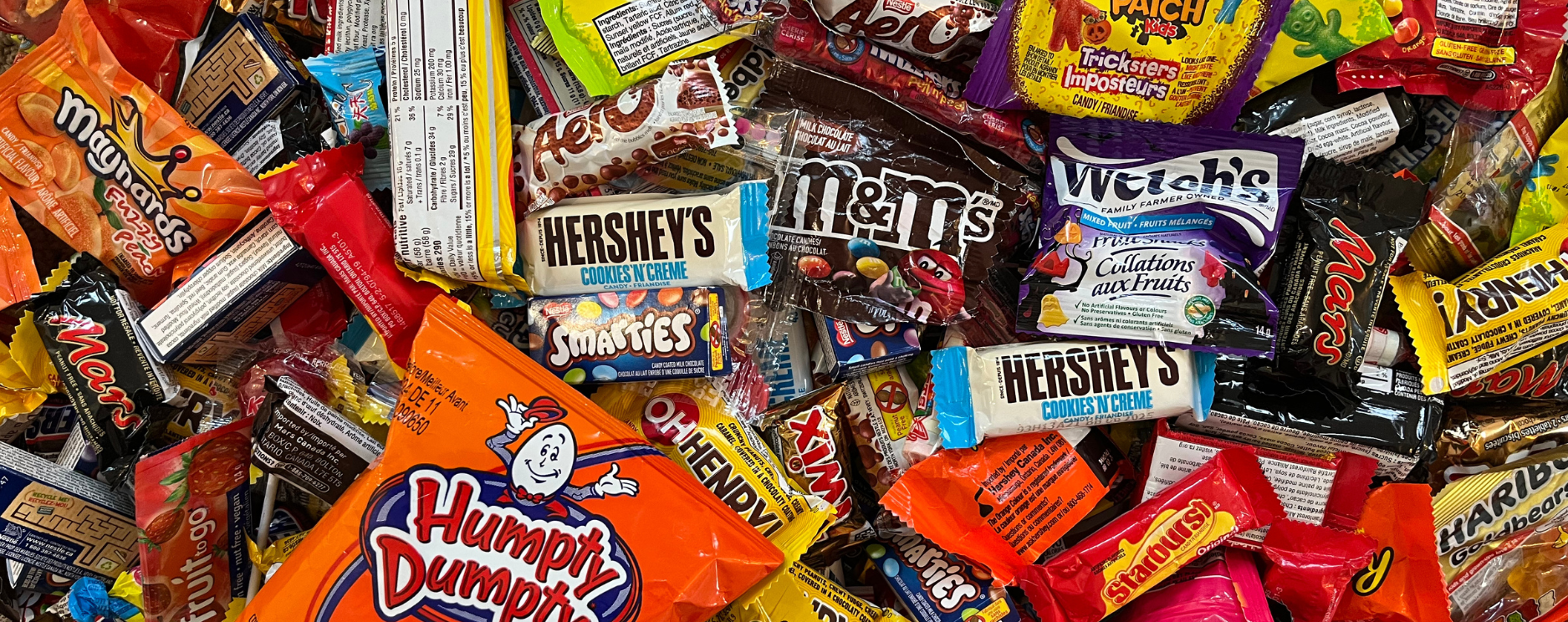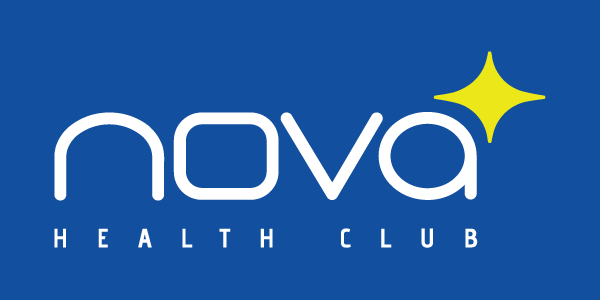Glycemic Index & Glycemic Load
All carbohydrates when digested will raise insulin at different rates. This is called the Glycemic Index (GI) of carbohydrates. If a carb raises insulin quickly, it is considered a high glycemic carb. If it
raises it gradually, it is called a low glycemic carb.
For the most part, we want to stick to carbs that have a low-moderate glycemic index. There are situations when a rapid blood sugar spike can help. For example, post workout, high glycemic carbs can help shuttle nutrients into the muscles for better recovery.
Very lean individuals who want to build lean muscle can benefit from having high glycemic carbs pre AND post workout. Another example would be someone who is doing an athletic event that requires them to perform for over an hour or more, high glycemic carbs after each event can aid recovery and keep them performing well.
You have to consider how insulin sensitive you are (how well you handle carbs) and what is
the goal you are trying to accomplish when determining what glycemic index of carbohydrates you are going to eat.
The glycemic index of a carbohydrate is represented by a numerical value given to that food ranging from 1-100.
High glycemic index carbs = >70
- Processed grains ie: white bread/pasta
- White rice
- Sweets (cake, cookies, candy)
Moderate glycemic index carbs = 56-69
- Whole grains ie: whole wheat bread/pasta
- Basmati, parboiled rice
- Couscous, quinoa
Low glycemic index carbs = <55
- Legumes ie: beans, lentils, chickpeas etc
- Non-starchy vegetables ie: broccoli, spinach, tomatoes etc
- Fruits ie: cherries, grapefruit, apples etc
- Whole grains ie: barley, quinoa, oats etc
Here are some examples of starchy carbs rated high to low in glycemic index:

You may notice that potatoes for example have a wide range. This is because the type of potato as well as the cooking method both influence the glycemic index.
High GI potato = White Russet
Moderate GI potato = Red Skinned
Low GI potato = Sweet Potato
A white Russet potato for example has a GI range of 56-100. If you were to boil the potato for a potato salad the GI would be lower compared to if it was baked.
Boiling potatoes causes them to retain more moisture, which can affect their starch structure and slow down the rate of digestion. Baked potatoes, on the other hand, have a higher GI because the dry heat of baking causes the starches to gelatinize more and break down more quickly during digestion.
Managing Blood Sugar & Insulin
Individuals with insulin resistance should exercise caution when consuming high-glycemic-load carbohydrates due to the heightened release of insulin. An insulin sensitive person on the other hand does not need to worry as much because they release a smaller amount of insulin after eating the same high glycemic index food.
That said, when it comes to controlling blood sugar, it is not all about just glycemic index. Here are 3 other ways to manage blood sugar which could allow you to consume a high GI food without being stressed out about it.
- Pairing of Carbs
- While white bread or rice pasta may have a high glycemic index, when paired with protein, fiber and fats blood sugar can be better managed.
- If you had a lunch consisting of white pasta (rice or wheat) with only marinara sauce your blood sugar would spike much higher than if the pasta was paired with protein and a salad.
- Cooking Methods
- If you are choosing a food like potato that can have a high GI, you can manipulate the GI through the method of cooking. This can be a strategy to improve blood sugar as well.
- Boiled potatoes will have a lower GI compared to the same quantity of baked potato.
- Quantity of Carbs
- It is not just about the GI of a carb but how many carbs are in that particular food. If you are insulin resistant you may not need to avoid a high GI food as much as you may have to just be mindful of the quantity.
- In general, someone insulin resistant should be very careful with foods that are both high GI and high in carbohydrate

Introducing Glycemic Load
Glycemic load (GL) is a measure that takes into account both the glycemic index of a food and the amount of carbohydrates in a serving of that food. It provides a more accurate picture of how a food affects blood sugar levels compared to just glycemic index alone.
Glycemic load values are typically classified as follows:
- Low glycemic load: 10 or less
- Medium glycemic load: 11 to 19
- High glycemic load: 20 or more
-

By considering both the GI and the amount of carbohydrates in a serving, glycemic load provides a more comprehensive assessment of how a food affects blood sugar levels. It's a helpful tool for individuals managing conditions like diabetes or those seeking to control blood sugar levels.
Example 1 (1 cup Watermelon) = (72 X 11g) / 100 =
8 GL
Example 2 (Tim Hortons Blueberry Muffin) = (80 X 64g) / 100 =
51 GL
Final Thoughts
If you have not already read the article about being insulin sensitive vs resistant, make sure to go back and read this
HERE. Managing GI and GL is based on how insulin sensitive or resistant you are. If you are curious to learn whether or not you should manage insulin differently than
email Josh@NovaHealthClub.com to book your 3 step assessment.











